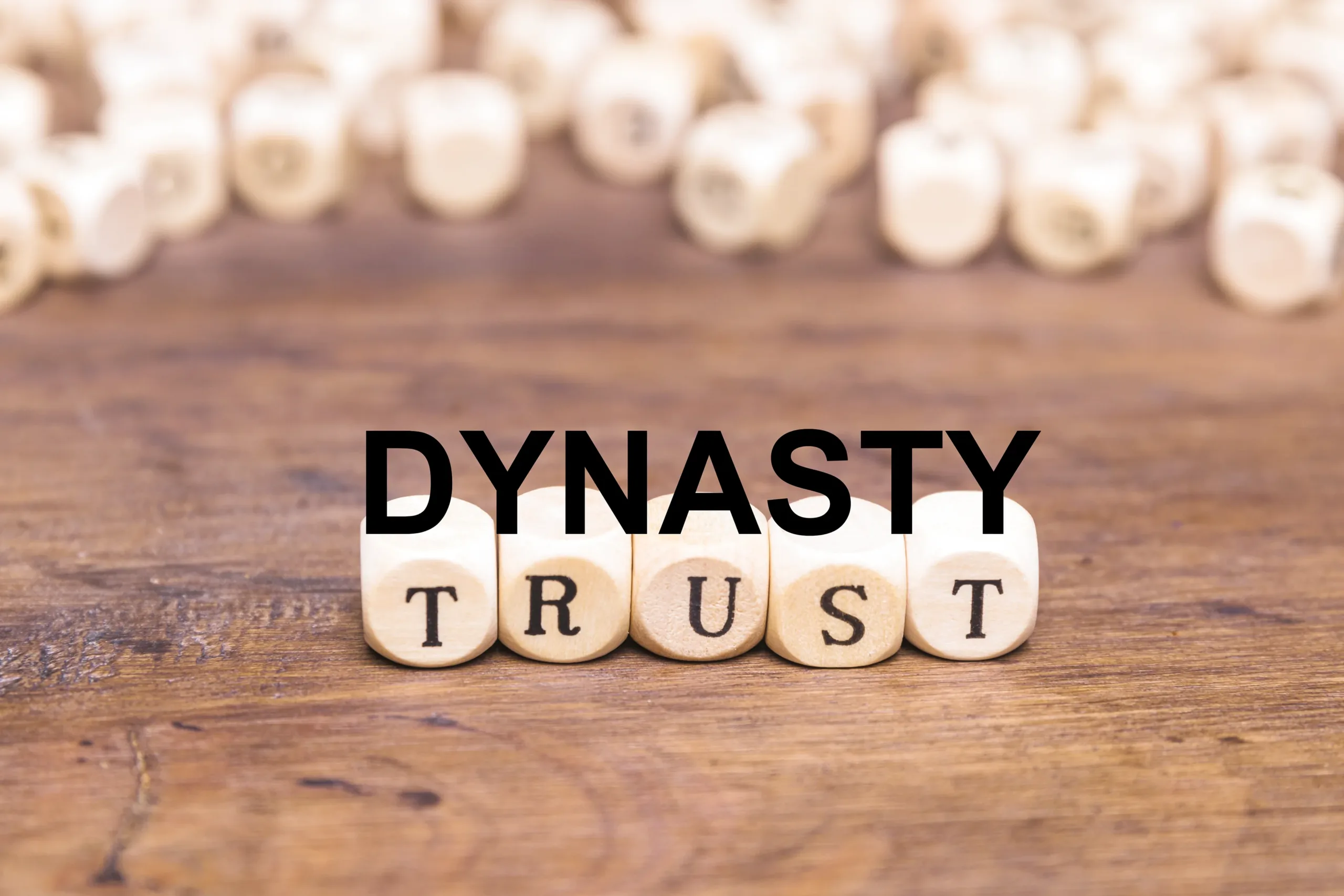Safeguarding Your Family's Future: Exploring Dynasty Trust

In the realm of estate planning and wealth management, Dynasty trust (DT) have become known as highly valuable tools for protecting and transferring family wealth between successive generations. Complete estate planning plans are built upon these trusts because they provide a host of benefits, including asset protection and tax savings. This article will explore the intricacies of Dynasty Trust, including their operation, benefits, and considerations; it will also include case studies of successful implementations, obstacles, and potential future developments in this area.
Table of Contents
A Comprehensive Guide
A DT is an unchangeable, long-term trust set up to manage and preserve assets for successive generations. It often spans a few lifetimes, allowing grandparents to pass riches on to their grandchildren and beyond. A dynasty trust’s primary functions are to protect family wealth, provide an asset shield from creditors, and eventually reduce estate taxes.
Understanding Their Mechanics
A settler, who creates the trust, a trustee, who manages the trust’s assets, and beneficiaries, who gain benefits from the trust, are all involved in setting up a dynasty trust. The terms, such as investment strategies, distribution guidelines, and plans for trustee job succession, are outlined in the trust document. The generation-skipping transfer tax (GSTT) exclusion, which enables assets to be transferred to future generations without incurring additional taxes, is a crucial part of Dynasty Trust.
Unlocking the Benefits: Exploring the Advantages
DT have a number of benefits.
- Perpetual Wealth Preservation: When assets are placed in a trust, they can stay there forever, giving heirs continuous financial support.
- GSTT Planning: DT can avoid taxes that would be imposed if assets were transferred directly to the future by forgoing a generation.
- Creditor Protection: Trust assets are protected from creditors, litigation, and beneficiary bankruptcy.
Key Factors to Consider When Establishing
Utilizing Success Stories
Navigating Challenges and Risks: Strategies for Success
DT have many benefits, but they also have risks and difficulties. Trust structures may be impacted by modifications to tax legislation or trust regulations, necessitating sporadic surveys and updates. Family-related issues can also pose a threat to the stability and strength of the trust, such as disputes amongst beneficiaries or disagreements about trust administration.
A Guide to Establishing a Dynasty Trust

Alternatives: Trends Shaping the Future
Even though DT are effective estate planning instruments, other options like irrevocable trusts and will-based planning also need to be considered as depending on unique circumstances. Future developments in DT planning may bring to mind advances in the management of digital assets within trusts as well as issues with global trust structures in an increasingly interconnected world.
Conclusion
In order to protect family wealth and facilitate a seamless generational transfer of assets, DT are essential. Through the utilization of perpetual wealth preservation, asset protection, and tax planning measures, people can safeguard their financial legacies for the future.
Also Read Trending Article : WHAT IS NOT AN EXPENSE ACCOUNT


